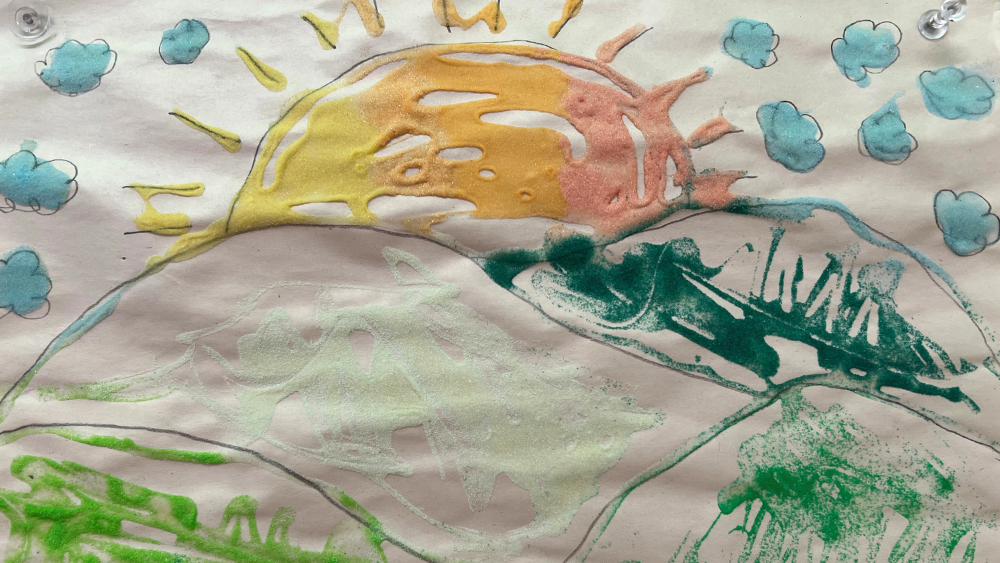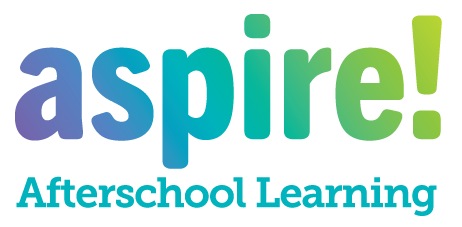Follow the Sun

Written by Chelsea Whitt, Aspire AmeriCorps Member
I admit that the past several weeks as a teacher have been difficult. There have been days where I have been ladled with disrespect soup seasoned with eye-rolls, mocking, and earth shattering indifference. I often lay awake at night questioning whether I was really a teacher. I considered finding a UTA support group (Useless Teachers Anonymous) to commiserate with my fellow rookies who couldn’t lead a class if their lives depended on it. But something happened the other day at Drew Elementary that helped save my life.
It was Thursday, and my turn to lead the Project-Based Learning lesson – the concept of students working on projects that impacted the real world. And the way we had decided to impact the world was through gardening. There had been tales of the (not-so) ancient garden plots of Drew, and we knew if anyone could resurrect them, it was our spirited bunch of Drewdians (that’s what I call them).
Our team had convened around a square classroom table like the education mafia, and hatched the diabolical plan of teaching our students to grow flowers and herbs to help improve their community, and, as a trade-off, perhaps giving them a sense of purpose. Our plants of choice were aster, basil, rose, lavender, and buttercup, and I had whipped together a slideshow presenting these plants and their unique facts. Afterwards, there would be a scavenger hunt where students had to find those same facts hidden around the room and match them to the correct plant.
I was still scrambling to get everything finished by the time the early birds poked in and flocked around the big pool table, as they usually did when they were waiting for their snacks or mat meeting to start – a mat meeting is a daily lead-in for Aspire’s program that assists with social and emotional regulation after a long school day. I used their pre-class roaming to my advantage and asked them to help me finish hiding the facts that were strewn across the workstation (plot twist: our workstation is the pool table). Another student – the one who always wants to look behind the curtain to see what the teachers are up to–sidled up to me, and informed me that I had hidden the facts so badly that she just had to hide them better. Hide them better she did, sneaking facts into places where they might never be found again!
As I heard the sound of a mat meeting starting in the distance, my nervous system became a ticking tocking clock. It was almost my time to go on. In swift motion, my hands blurred over rainbow markers and construction paper, trying to complete the scavenger hunt task cards, the army of colors making me sense the threat of a lesson gone wonky. This was a great battle I had to win to bring forth the inquisitiveness I had failed to inspire within my students for too long.
Soon afterward, I found myself with my slideshow set up on the television screen. I tried to get the class’s attention.
“Who’s ready to grow a garden?” I cheered. In hindsight this was the gardening equivalent to the old science teacher in the 90’s saying, “Yo-yiggity-yo, let’s get down with some science.” Despite a lackluster reaction, I soldiered on, and introduced the class to the first plant.
“Meet Aster,” I said, with a bit of melodrama. Aster was no longer a flower. She had transmogrified into a woman dressed royally in magenta, with purplish black mermaid skin, lips dripping with iridescent fuschia and red, and a crownish head wrap that reached out like the petals of an aster flower. Now here was my second favorite part – the student who had been perpetually annoyed with the sound of my voice for weeks, gasped. She is soooo pretty, she gushed. The Black princess in the painting was an artwork by the late Tamara Natalie Madden titled Woman in Pink With Bird in Hand. The students began to consider it, as if this was no longer a lecture about plants, but an art exhibit. Next slide. Basil–a botanical black maiden in her solarium palace. Rose–a pink clad adventurer with the spirit of Sinbad. Lavender–a wraithlike purple figure, mysterious and gentle. Buttercup–a beautiful dancer in a yellow dress that rippled like the ocean. “She’s pretty!” yelled a student from the back.
I explained to them that buttercups danced towards the sun because they were heliotropic–flowers that moved towards the light. I then held up a yellow circle I had cut out from construction paper and told them to imagine that they were all little buttercups and to follow the sun in my hand. I moved the sun from side to side and the students followed with precision, swaying in their seats like buttercups. That was my most favorite part. It was so powerful to see them learn. I felt my heart imploding with joy in my chest, and a warbling cry climbing up my throat – but I kept it together.
We concluded the presentation with a vocabulary review. A couple of students read the definitions. We discussed compost and mulch and how much roses love manure. Afterwards, we had our lesson assessment (the scavenger hunt), and students ran around the room scooping up facts and dumping them on their tables like cash money, yelling, laughing, and sorting through them with their friends. I exhaled, feeling the sun inside of Drew, knowing that our plants were beginning to grow.
